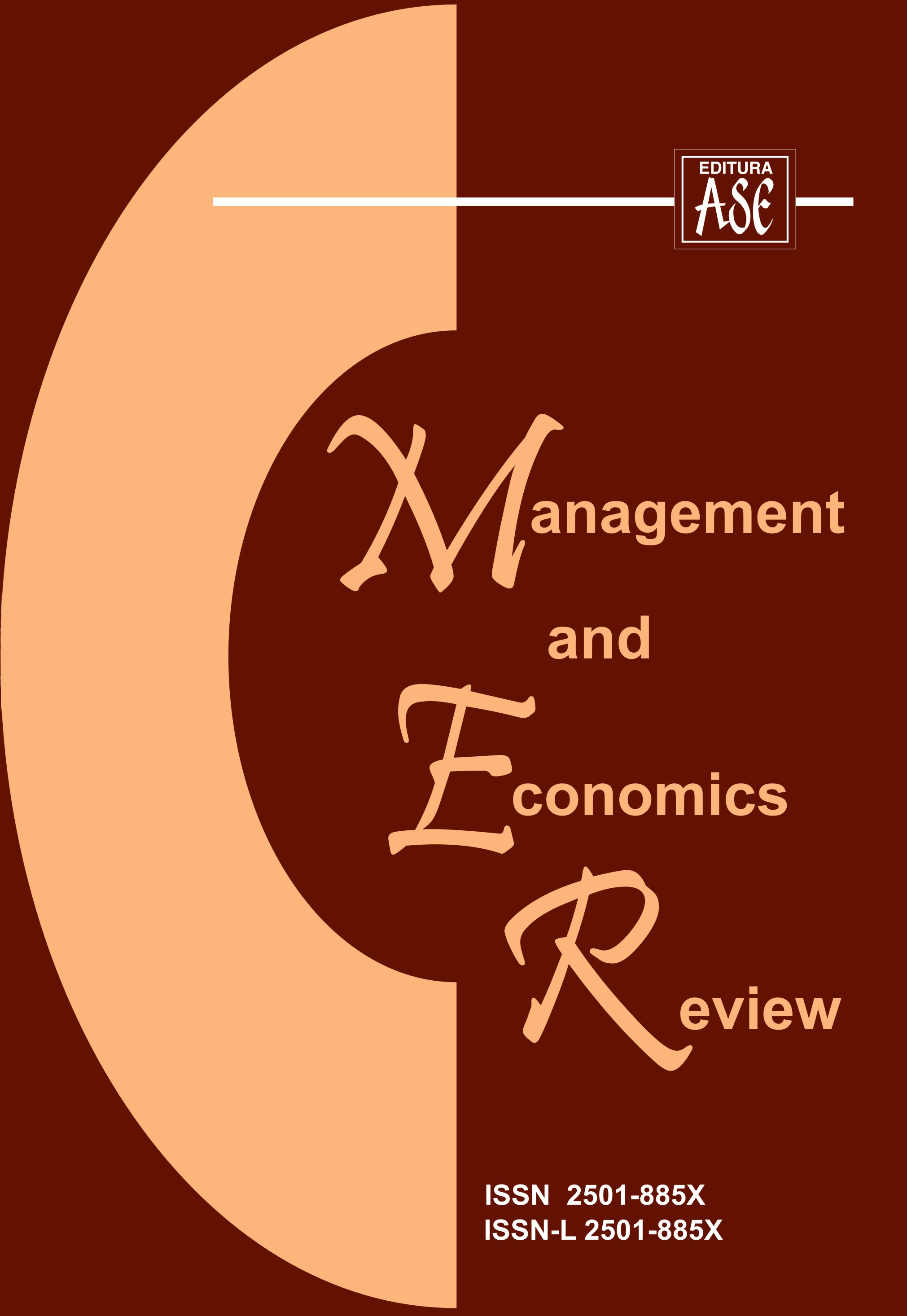Female Labor Force Participation Rate in Indonesia: An Empirical Evidence from Panel Data Approach
Female Labor Force Participation Rate in Indonesia: An Empirical Evidence from Panel Data Approach
Author(s): Gatot Sasongko, Bernard Edheney HURUTA, Andrian Dolfriandra HurutaSubject(s): Economy, Business Economy / Management, Human Resources in Economy
Published by: EDITURA ASE
Keywords: female labor force participation rate; provincial minimum wage; economic growth; education level; panel data;
Summary/Abstract: Economic development constantly faces various macroeconomic issues such as achieving inflation targets, creating job opportunities, increasing economic growth, solving unemployment problems, and flattening income distribution. This study aims at analyzing the impact of provincial minimum wages, economic growth, and education level on female labor force participation rate. We generated the data from Indonesia's Central Bureau of Statistics website. This study employs panel data that consists of the time-series data from 2014 to 2018 and cross-sectional data of 34 provinces in Indonesia. By using the fixed-effect econometric model, we demonstrate that the provincial minimum wage and education level have significantly positive effects on female labor force participation rate. However, economic growth has no significant effect on female labor force participation rate. These findings suggest that the Indonesian government needs to consider minimum wages, education, work age, and work experience as policy instruments to increase female labor force participation rate. This study contributes to the literature in Indonesia by using a panel data approach.
Journal: Management and Economics Review
- Issue Year: 5/2020
- Issue No: 1
- Page Range: 136-146
- Page Count: 11
- Language: English

